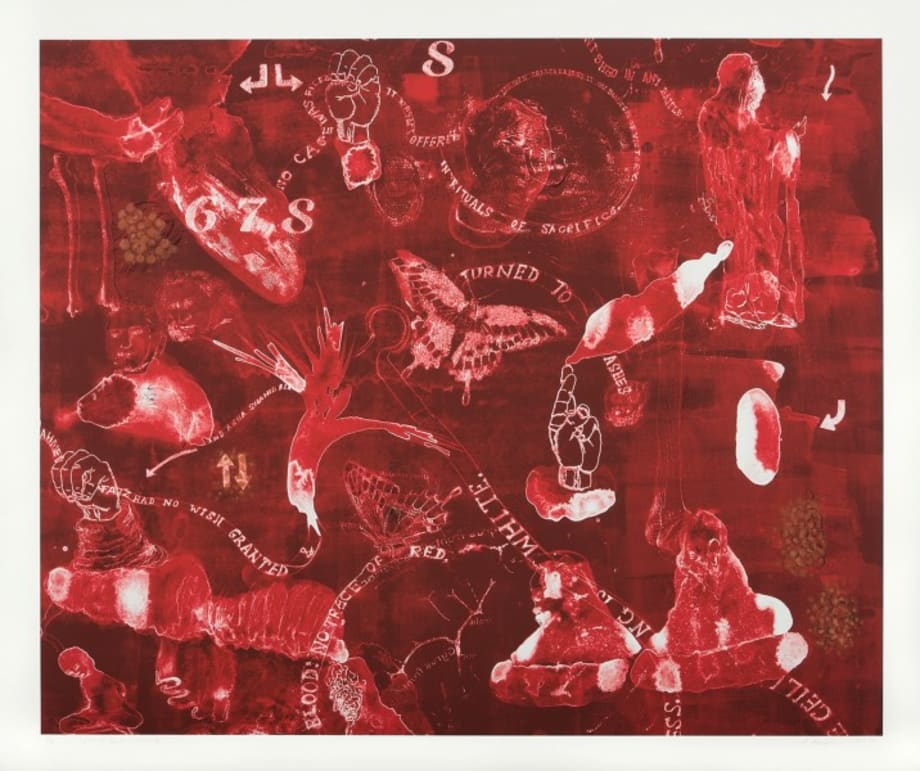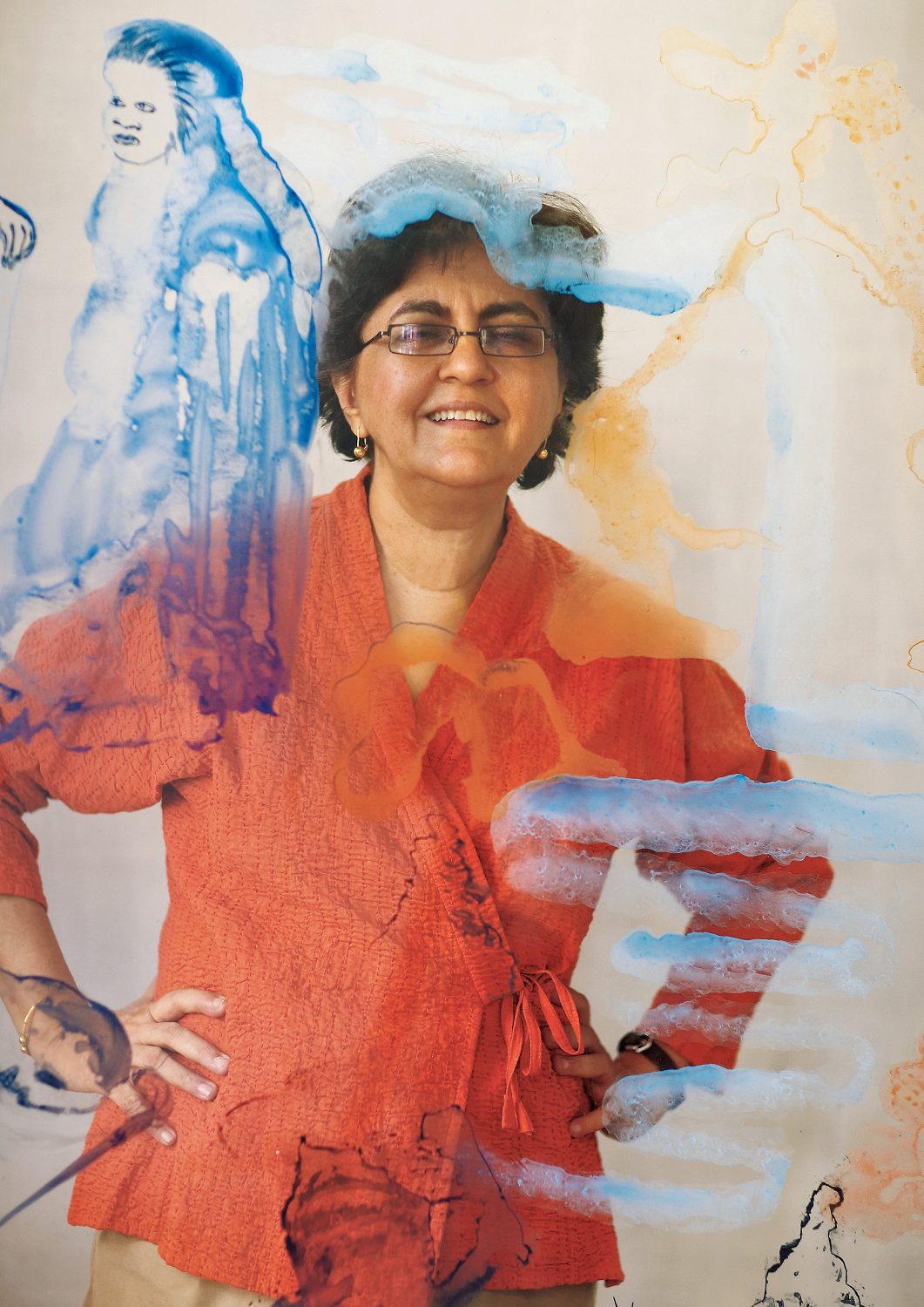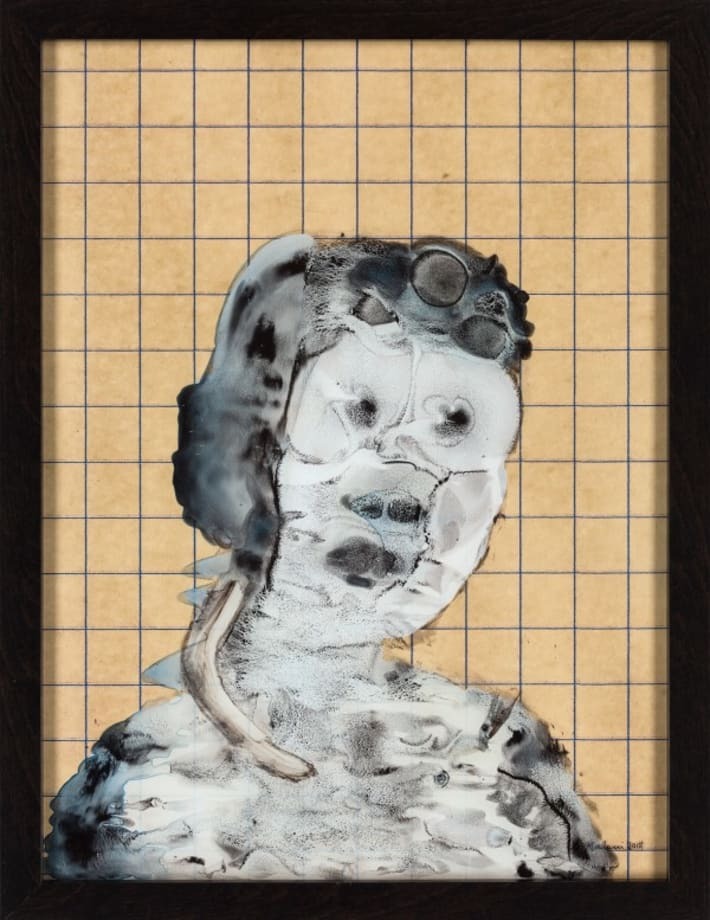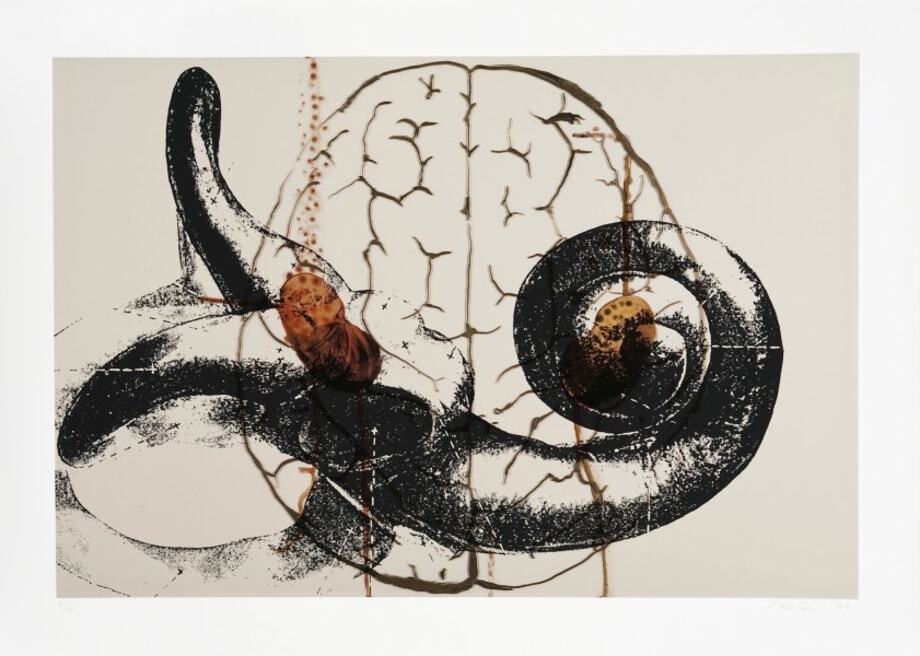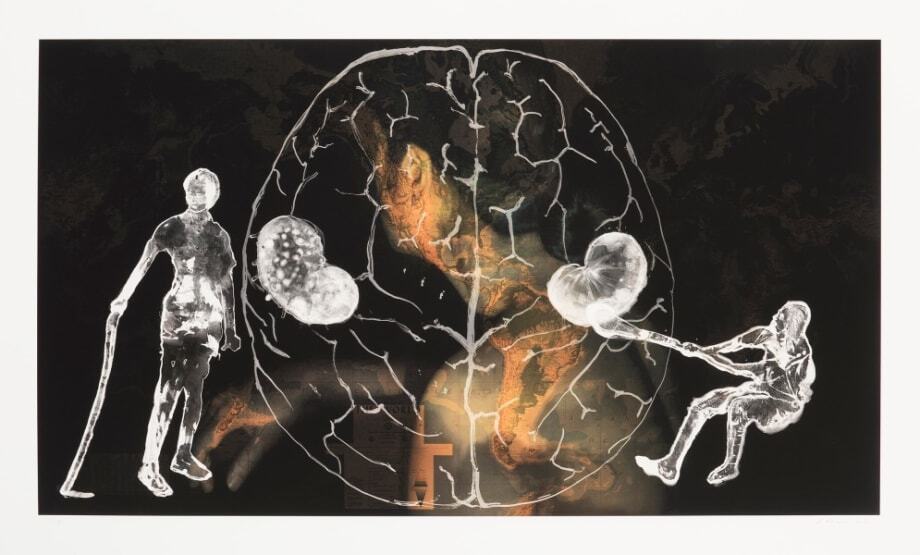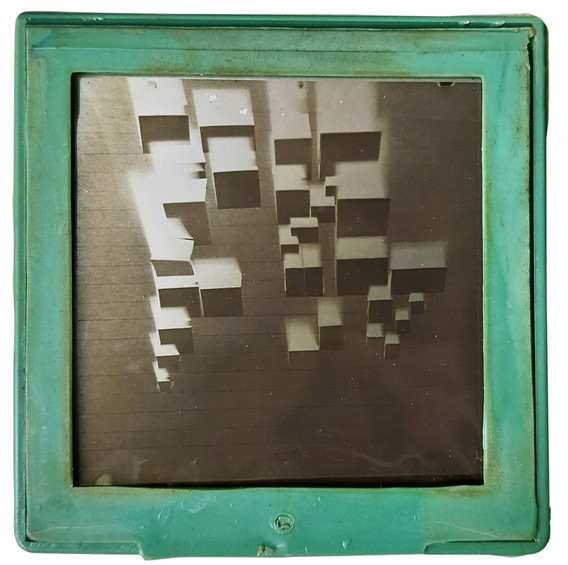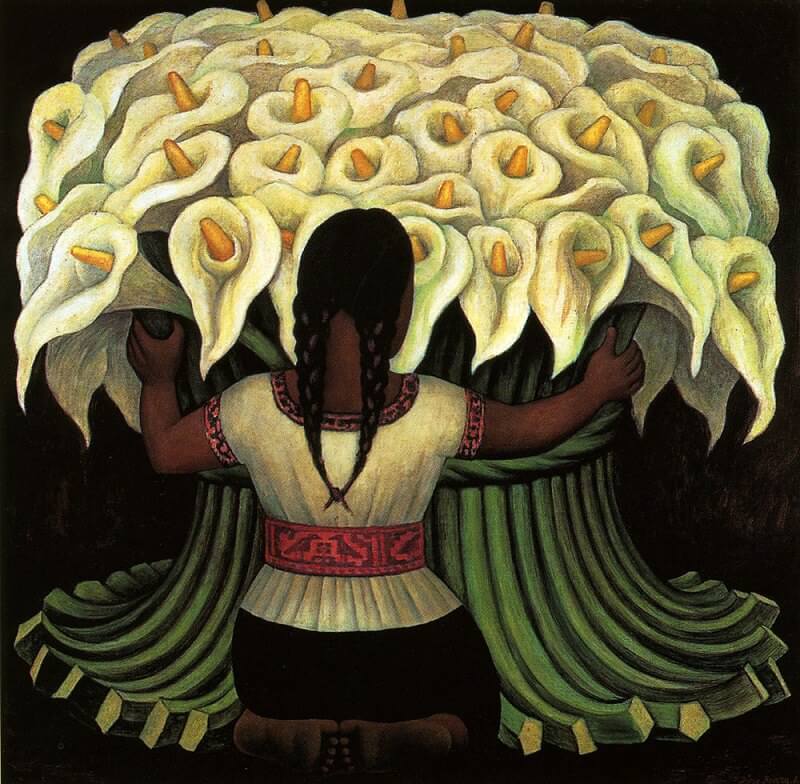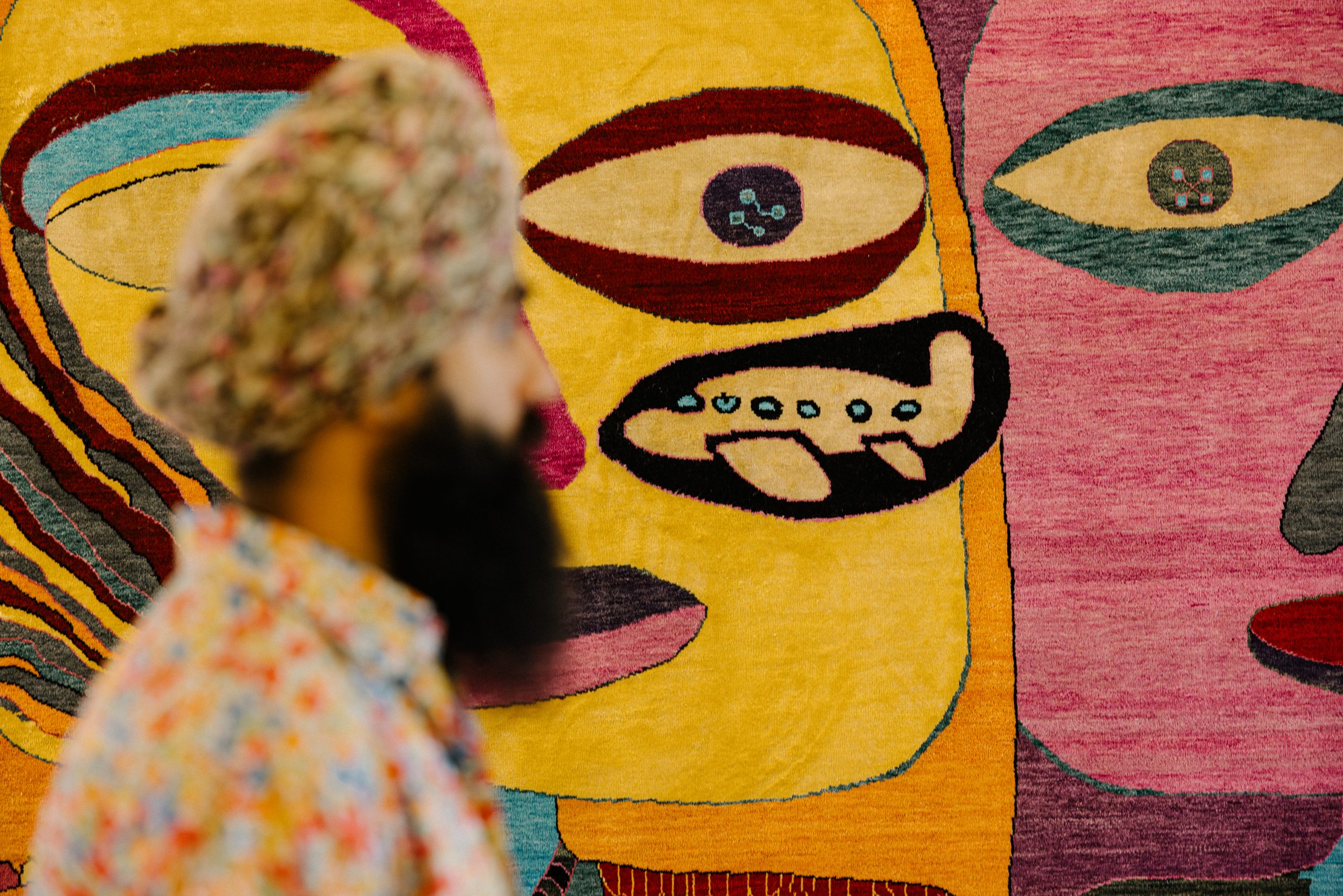The renowned Indian artist and pioneer of video art, Nalini Malani, has been awarded the prestigious Kyoto Prize, marking a brilliant victory for the fields of art and philosophy. This prestigious honor, bestowed by the illustrious Inamori Foundation, honors Malani as a visionary whose work conjures phantasmal realms through approachable and alluring forms.
Since its inception in 1984, the Kyoto Prize has heralded exceptional individuals who have indelibly shaped our comprehension and engagement with the domains of science, culture, and spirituality. Alongside Malani, two other luminaries have been heralded: the eminent Japanese scientist Ryuzo Yanagimachi, a recipient of the Kyoto Prize in Advanced Technology, and the brilliant American mathematician Elliott H. Lieb, honoured with the Kyoto Prize in Basic Sciences.
Nalini Malani
Born into a world brimming with possibility in 1946, Nalini Malani occupies an exalted position as one of India’s pioneering video artists. Her artistic odyssey encompasses a kaleidoscope of mediums, traversing the realms of theatre, videos, installations, mixed-media paintings, and evocative drawings. Her creative oeuvre emerges from the crucible of her personal narrative, shaped by the seismic waves of migration in the aftermath of India’s partition. Malani has developed an iconic visual language throughout her career, exploring different techniques such as stop motion, erasure animations, reverse paintings, and more recently, digital animations – in her latest works, she directly draws with her finger onto a tablet, showcasing her adaptability to evolving technologies.
Dada
Lelong Editions
40.0 x 30.0 (cm)
15.7 x 11.8 (inch)
In the early stages of her career, Malani primarily focused on paintings, using acrylic on canvas and watercolour on paper. Her realistic portrayals of contemporary India captured the social fabric of the time. Exploring techniques such as reverse painting, which she learned from Bhupen Khakhar in the late ’80s, she recurrently incorporated this method into her future works. Frustrated by the lack of recognition faced by women artists in India, she organised the first exhibition of Indian female artists in Delhi in 1985. This initiative led to a series of travelling exhibitions held in public spaces, aiming to break free from the elitist atmosphere of traditional art galleries. From the hypnotic dance of stop motion and the enigmatic allure of erasure animations to the bewitching enchantment of reverse paintings and the cutting-edge realm of digital animations—her artistry remains in perpetual motion, forever adapting and evolving. Her latest creations witness the magic of her touch as she fearlessly draws directly onto a tablet, embracing the boundless possibilities of emerging technologies.
Cassandra’s Gift
Lelong Editions
54.6 x 76.0 (cm)
21.5 x 29.9 (inch)
Malani’s artistic journey includes several notable works that have captivated audiences and showcased her innovative approach to storytelling. One of her earliest creations, “Dream Houses” (1969), was an experimental film produced at the groundbreaking Vision Exchange Workshop (VIEW) led by the late artist Akbar Padamsee. This film drew inspiration from utopian modern Indian architecture and utilised cutting-edge photographic equipment available at the workshop. Malani incorporated a cardboard maquette, different light sources, primary colour filters, and a Mamiyaflex camera to create a visually striking piece. In “Dream Houses,” she explored the ideological possibilities of modern architecture, influenced by renowned architects Charles Correa and Buckminster Fuller, as well as the color theories of Johannes Itten and Moholy-Nagy’s Vision in Motion. After being “lost” for over 50 years, “Dream Houses” was re-discovered and it graced prestigious bastions of art, including the Kiran Nadar Museum of Art, where it found refuge in 2014, and the hallowed halls of the Goethe Institute in Mumbai, which played host to its ethereal magic in 2019. Finally, in 2022, the Museum of Modern Art (MoMA) in New York stood witness to the resplendent revival of this cinematic gem, proudly embracing its radiance after years of obscurity.
I am The Angel of Despair
Lelong Editions
66.0 x 110.0 (cm)
26.0 x 43.3 (inch)
Dream Houses
An experimental film
Originally created in 2016
Another notable work by Malani is “Mother India”, where her creative prowess conjures a video installation that finds its genesis in the poignant words of sociologist Veena Das “Language and Body: Transactions in the Construction of Pain”. Malani combines archival footage with poetic and painterly images to examine how Indian Nationalism was constructed using women’s bodies as metaphors for the nation. It addresses the Partition of India and the Gujarat Riots of 2002, events marked by a significant increase in the violation of women. Malani portrays women as “mutant, de-gendered, and violated beyond imagination,” shedding light on the suffering they endured during these periods.
Mother India
A video installation
Created in 2005
“In Search of Vanished Blood”, initially produced for the 13th edition of Documenta, is a thought-provoking installation comprising rotating Mylar cylinders. Symbolically reminiscent of Buddhist prayer wheels, these cylinders are reverse painted with images depicting soldiers, animals, gods, and guns. The rotation of the cylinders creates a mesmerising shadow play that narrates the story of senseless bloodshed, particularly focusing on India since the partition. The installation highlights the plight of dispossessed and tribal communities, whose lives have been drastically affected by governmental decisions made in the name of development.
Nalini Malani’s artistic contributions, innovative use of video art, and exploration of significant socio-political themes have rightfully earned her the Kyoto Prize. Her ability to captivate audiences with immersive and thought-provoking artworks solidifies her position as a trailblazer in contemporary art and the Kyoto Prize serves as a testament to her indomitable spirit and tireless dedication to pushing the boundaries of artistic expression. With every stroke of her brush or flicker of her celluloid tape, she continues to redefine and reshape the landscape of contemporary art, inspiring generations to come with her unparalleled vision and boundless imagination.
Words by Esha Aphale.
Artworks Courtesy of Art Basel and the Museum of Modern Art.
Cover Image : Courtesy of Art Basel – Nalini Malani, In Search of Vanished Blood, Lelong Editions 94.0 x 111.5 (cm) 37.0 x 43.9 (inch)
